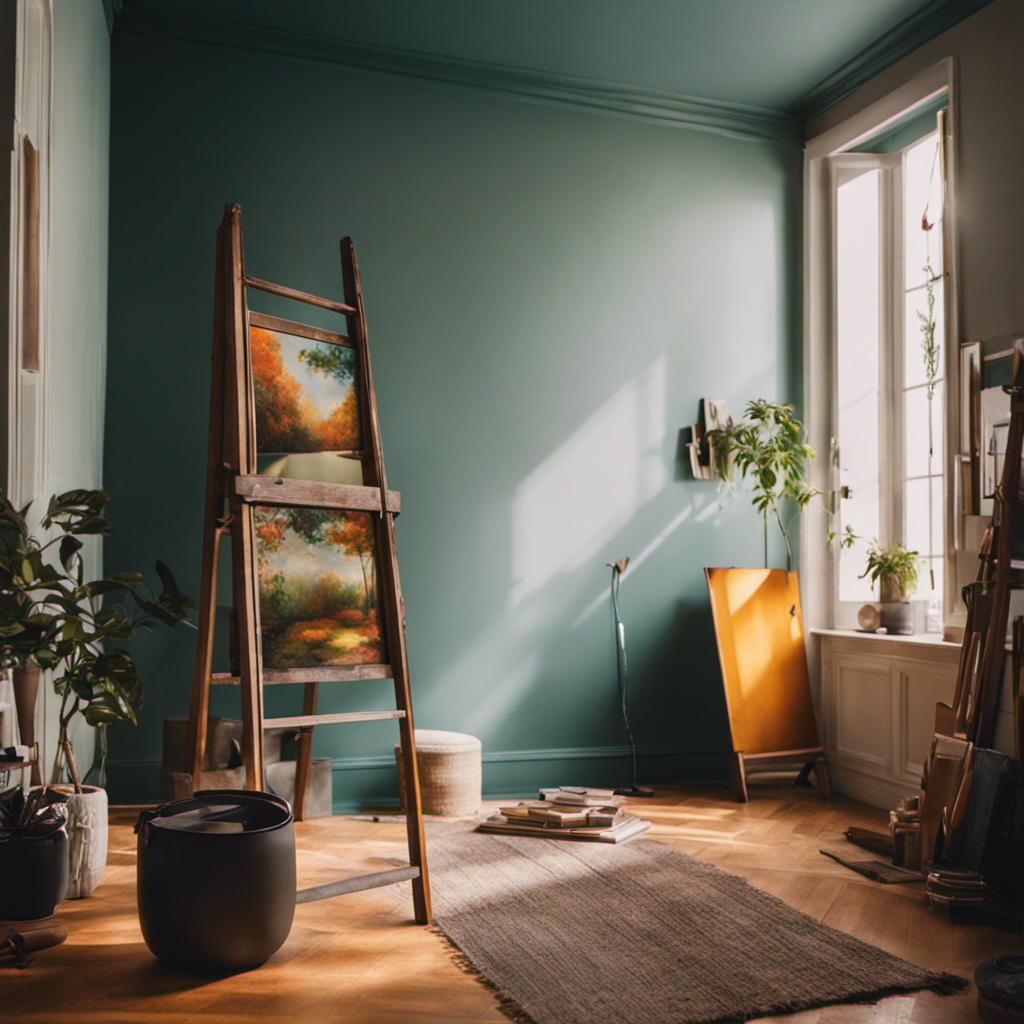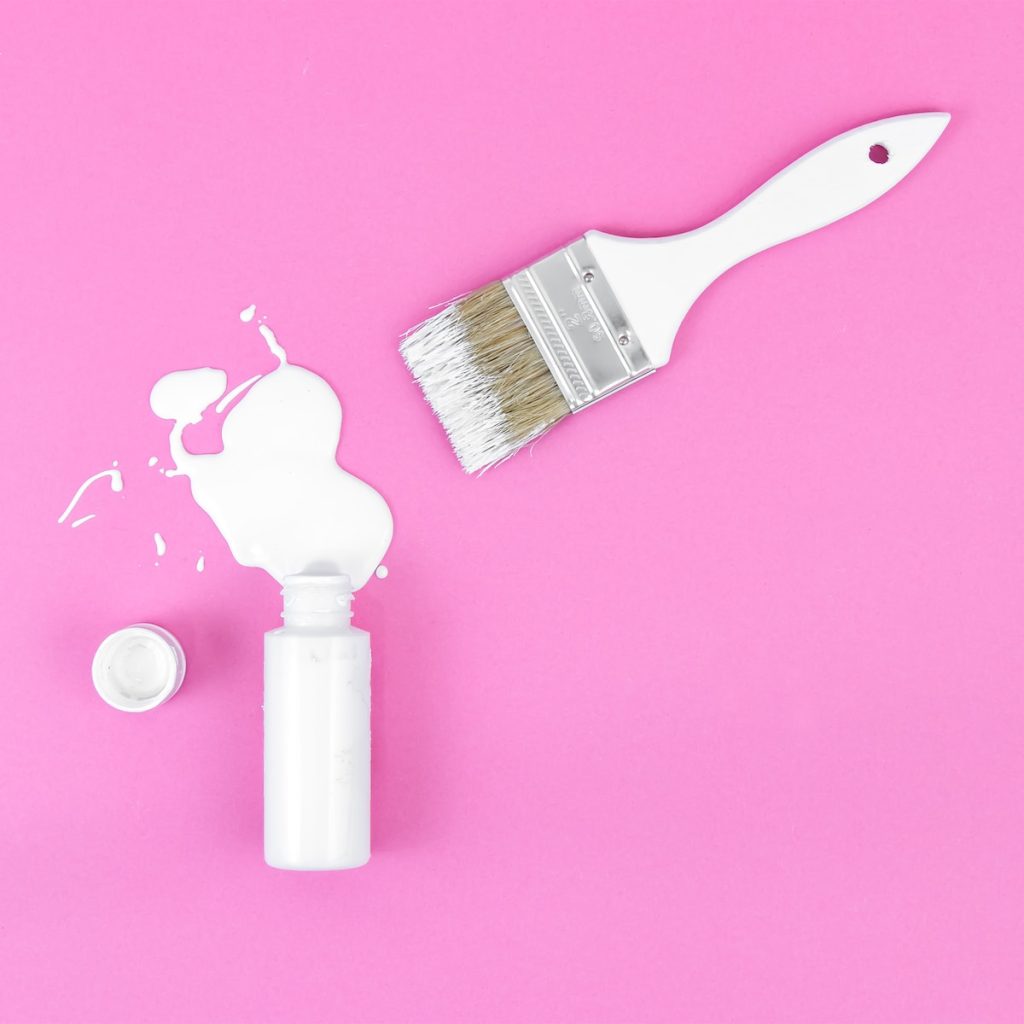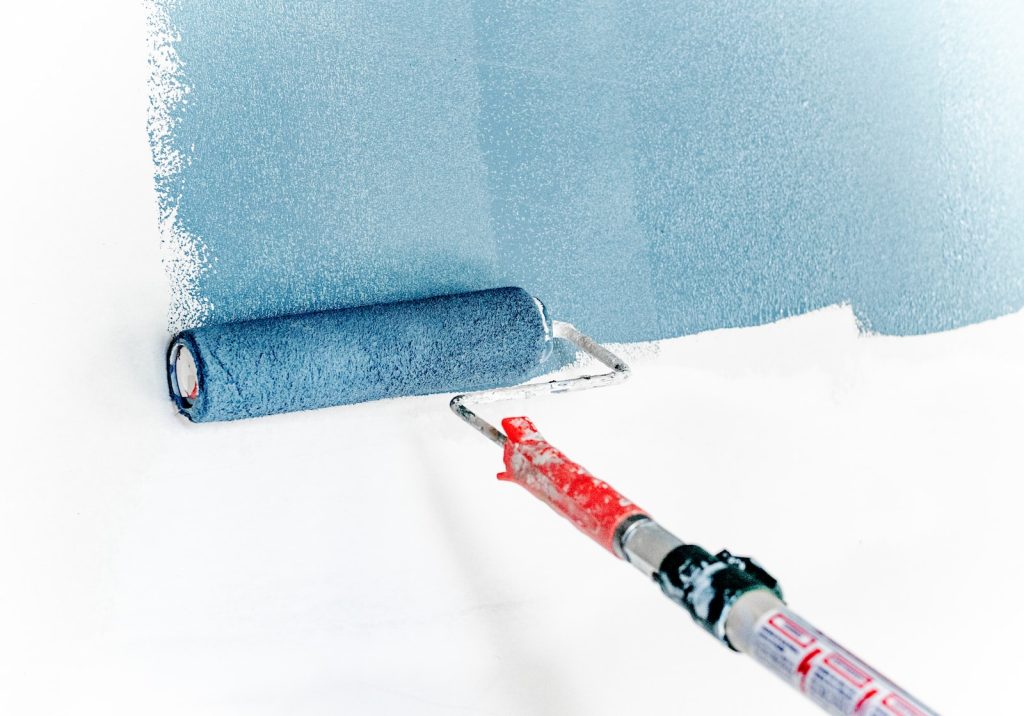Phone:
(701)814-6992
Physical address:
6296 Donnelly Plaza
Ratkeville, Bahamas.
40 Years still going strong
40 Years still going strong

Looking to freshen up your home with a new coat of paint? Look no further! In this article, we’ve got you covered with 8 cost-effective tips for York interior painting solutions.
From planning your project to choosing the right colors and applying paint efficiently, we’ll guide you every step of the way. With our expert advice, you’ll be able to transform your space without breaking the bank.
So, let’s get started and bring new life to your walls!
Before you begin your interior painting project, it’s important to plan out the details and gather all the necessary materials. Planning is the key to a successful and efficient painting project.
Start by deciding on the color palette you want to use in each room. Consider the mood you want to create and how the colors will complement the existing decor.
Once you have chosen your color palette, it’s time to gather the painting supplies. Make sure you have all the essentials such as brushes, rollers, drop cloths, and painter’s tape. It’s also a good idea to invest in high-quality paint to ensure a professional-looking finish.
Take the time to prepare the surfaces properly by cleaning and sanding them, and don’t forget to protect your furniture and floors before you start painting.
Once you have considered the mood and existing decor, it’s important to choose the right paint colors that will enhance the overall look and feel of your room. Color psychology plays a significant role in creating a harmonious and inviting space.
Different colors evoke different emotions and have the power to influence our mood. For example, blues and greens are known to promote calmness and relaxation, while yellows and oranges can create a sense of energy and warmth.
To ensure you choose the perfect colors for your space, consider seeking a color consultation. Color consultants are trained professionals who can guide you in selecting the ideal shades that complement your room’s style and purpose. Their expertise can help you make informed decisions, ensuring your paint colors will transform your room into a visually appealing and emotionally satisfying space.
To begin painting your walls, gather a drop cloth and a bucket of soapy water. Before you can start applying fresh paint, it’s important to prepare the walls properly.
Start by inspecting the walls for any damage or imperfections. Look for cracks, holes, or peeling paint. If you come across any issues, it’s crucial to address them before proceeding. Perform any necessary wall repair by filling in the cracks or holes with spackle and sanding down any rough areas.
Once the repairs are complete, you’ll want to prime the walls. Priming helps to create a smooth surface for the paint and ensures better adhesion. It also helps to cover any stains or dark colors.
After priming, you can move on to the next step of investing in quality painting tools and materials.

When painting your interior walls, make sure to invest in the right painting tools and materials to achieve the best results.
Choosing eco-friendly options isn’t only good for the environment, but it can also improve the air quality in your home. Look for paints that are labeled as low VOC (volatile organic compounds) or zero VOC, as they release fewer harmful chemicals into the air.
Additionally, consider using paint brushes and rollers made from sustainable materials, such as bamboo or recycled plastic. When it comes to painting tricky surfaces, investing in high-quality tools is crucial. For example, a good quality angled brush can help you paint corners and edges with precision.
By choosing the right tools and materials, you can ensure a smoother painting process and a professional-looking finish.
Now that you have your tools and materials ready, let’s move on to efficient paint application techniques.

Use a roller to apply the paint evenly and quickly onto your interior walls. This is a cost-effective and efficient method that ensures a smooth and professional finish.
Before you begin painting, it’s important to select the right brush for the job. Different brushes have different bristle types and sizes, which can affect the paint application. For example, a synthetic bristle brush is best for water-based paints, while a natural bristle brush is ideal for oil-based paints.
Additionally, proper surface preparation is crucial for achieving a flawless paint application. Make sure to clean the walls thoroughly, remove any loose paint or debris, and patch any holes or imperfections.
Make sure you calculate the amount of paint needed accurately to avoid wasting resources and money. Minimizing paint waste isn’t only environmentally friendly, but it also helps you save on costs.
To maximize paint coverage and minimize waste, start by measuring the surface area that needs to be painted. This will give you a better idea of how much paint you’ll need. Remember to account for multiple coats if necessary.
When it comes to actually painting, use a high-quality brush or roller that’s appropriate for the type of paint you’re using. This will help you achieve a smooth and even application, reducing the need for touch-ups and additional coats.
Additionally, make sure to properly clean and maintain your painting tools to prolong their lifespan and prevent paint from drying on them, which can lead to waste.
To maintain the appearance and longevity of your painted surfaces, regularly clean and inspect them for any signs of damage or wear.
This is particularly important when it comes to maintaining painted furniture, as it’s often subjected to daily use and can easily accumulate dirt and grime.
Start by dusting the surfaces with a soft cloth or a feather duster to remove any loose particles. Then, use a mild soap or detergent mixed with water to gently clean the painted surfaces. Avoid using abrasive cleaners or scrub brushes, as they can damage the paint.
After cleaning, inspect the surfaces for any signs of peeling or chipping paint. If you notice any areas of concern, touch them up with matching paint to prevent further peeling and maintain the overall integrity of the painted surfaces.
For a more cost-effective approach to interior painting, consider using affordable supplies and coordinating with a friend or family member to share the workload. One way to save money on supplies is by opting for eco-friendly paint options. These paints aren’t only better for the environment but can also be more budget-friendly. Look for paints that are labeled as low VOC (volatile organic compounds) or zero VOC, as they’ve fewer harmful chemicals.
Another cost-saving option is to choose a DIY approach instead of hiring professional painters. By doing the painting yourself, you can avoid the additional cost of labor. However, keep in mind that painting can be time-consuming and labor-intensive, so make sure you have the skills and patience required for the job.
If you decide to hire professionals, compare quotes from different painters to find the most affordable option.
When choosing paint sheen for your interior walls, consider the purpose of each room. For high-traffic areas like kitchens and bathrooms, opt for a durable and washable finish like satin or semi-gloss. In bedrooms, a matte or eggshell finish creates a calm and cozy atmosphere.
Yes, you can paint over wallpaper, but it’s best to remove it first for better results. Wallpaper removal techniques vary depending on the type of wallpaper. Follow proper steps to ensure a smooth painting surface.
To remove old paint from your walls, you have two options: chemical or manual methods. Chemical methods involve using paint strippers, while manual methods involve scraping or sanding. You can choose between professional help or DIY, depending on your skills and budget.
Wait at least 2-4 hours before applying a second coat of paint. This allows the first coat to dry properly. To achieve a smooth finish, choose the right paint color and follow these tips.
When painting interior walls, common mistakes to avoid include not properly prepping the surface, using low-quality brushes or rollers, and not allowing enough drying time between coats. Follow these tips for a smooth paint finish.